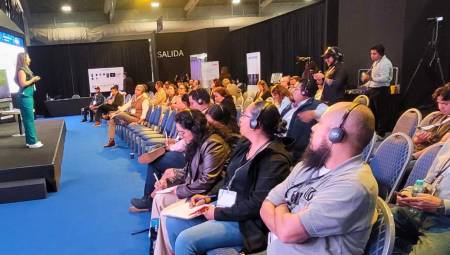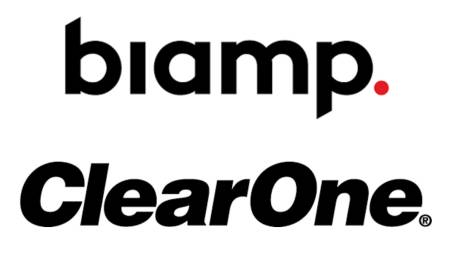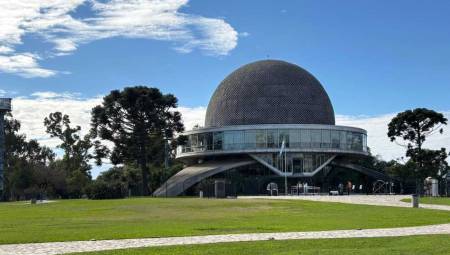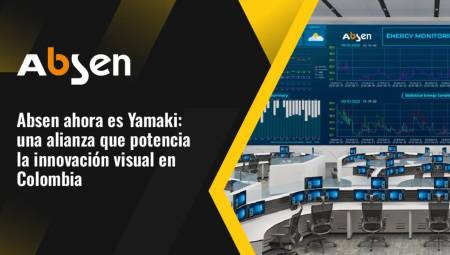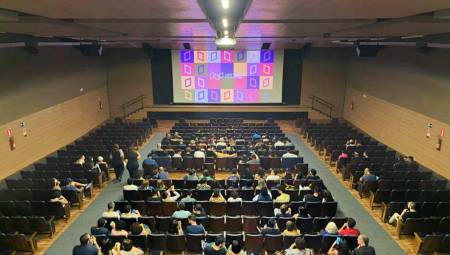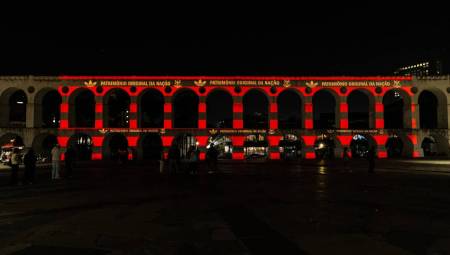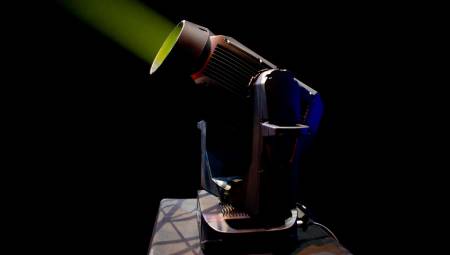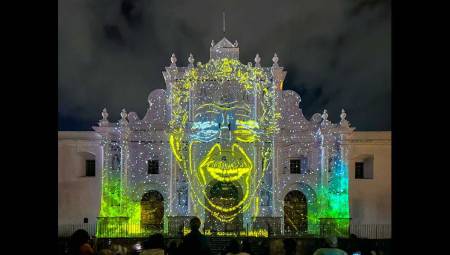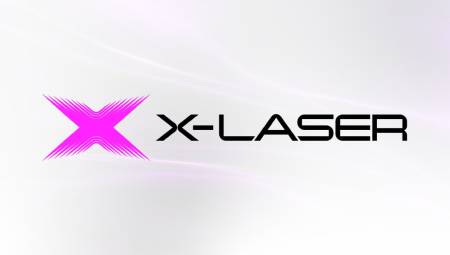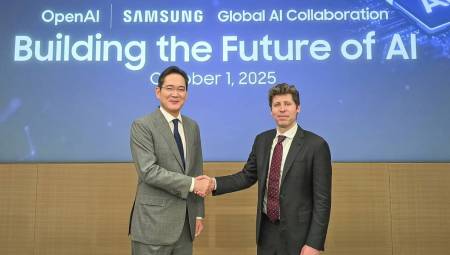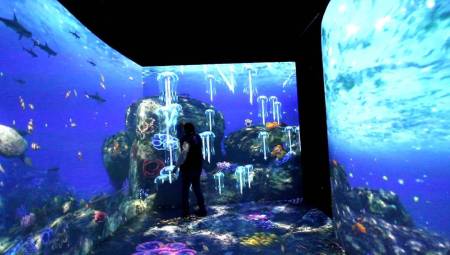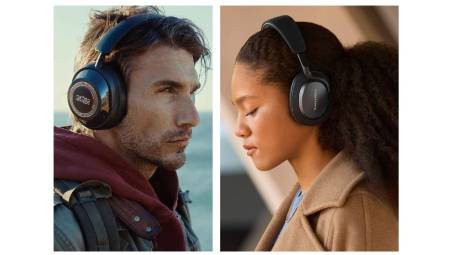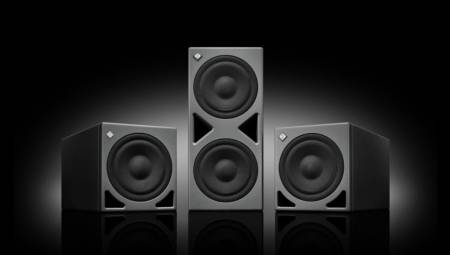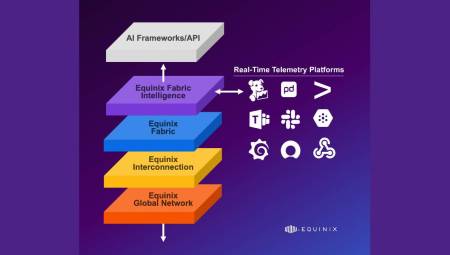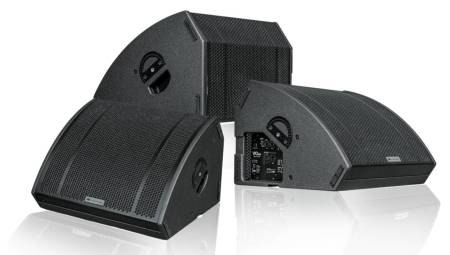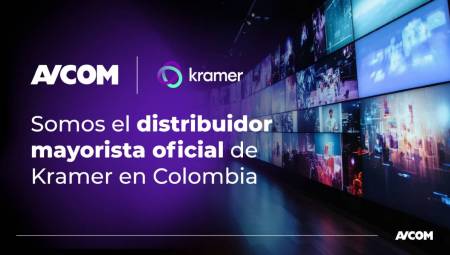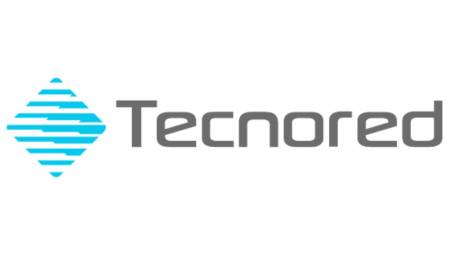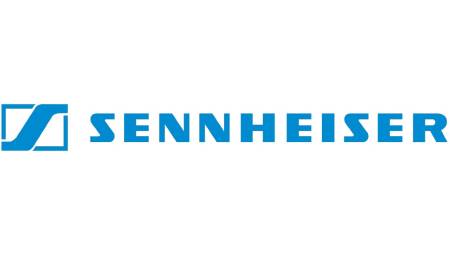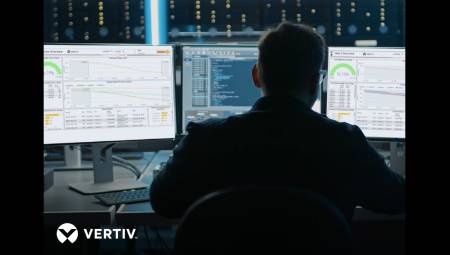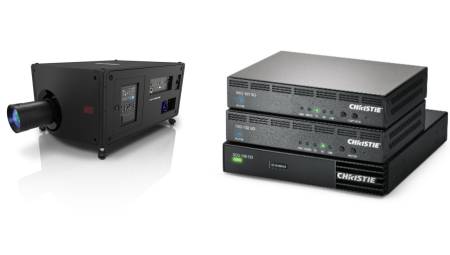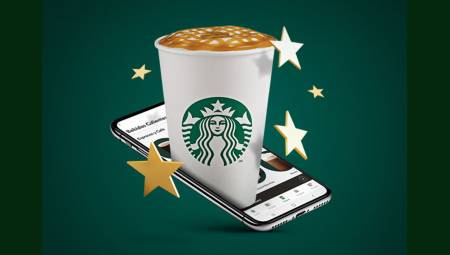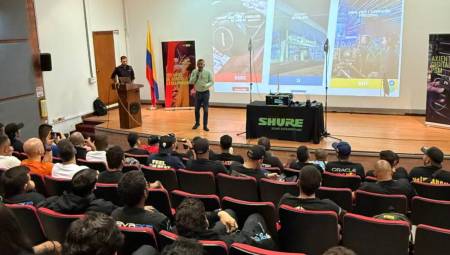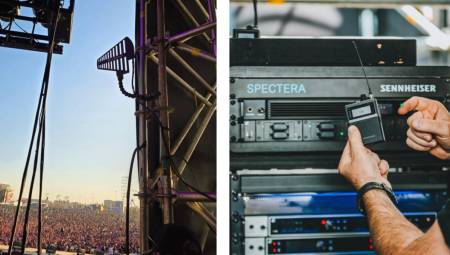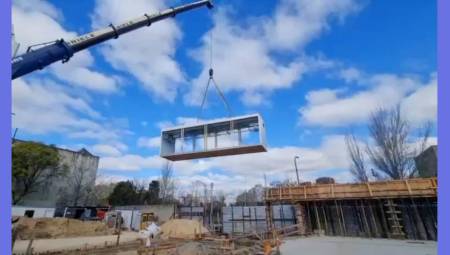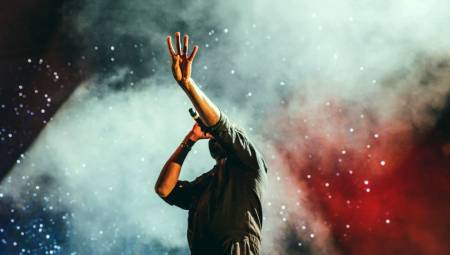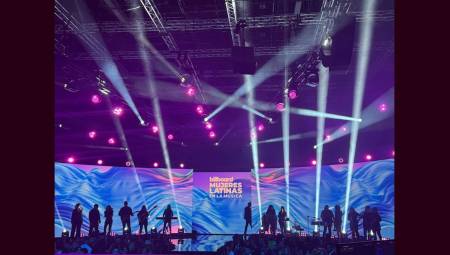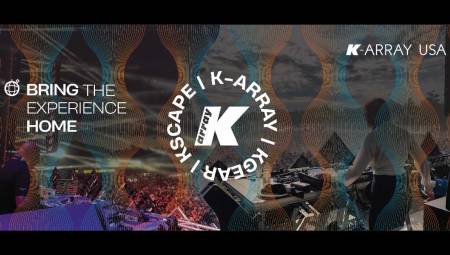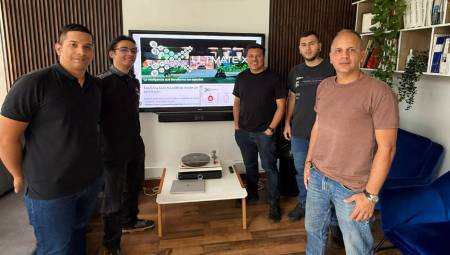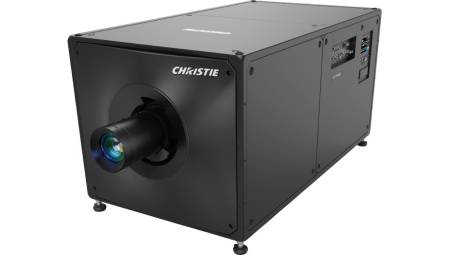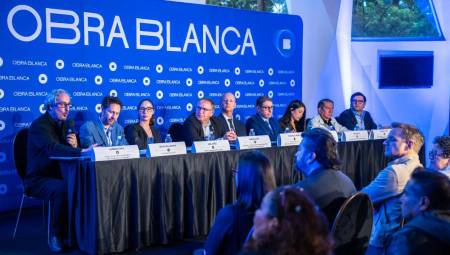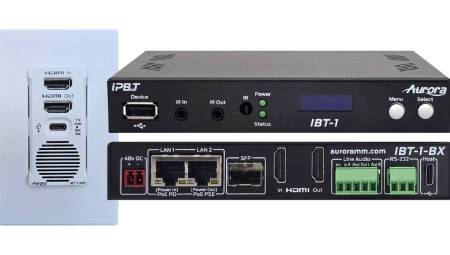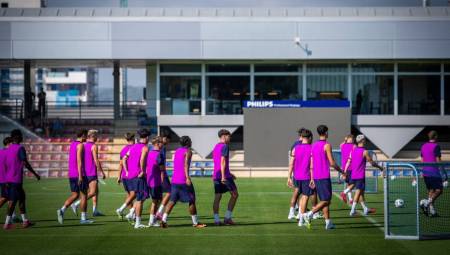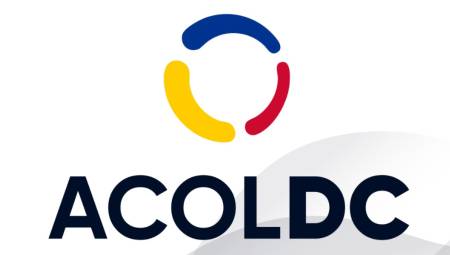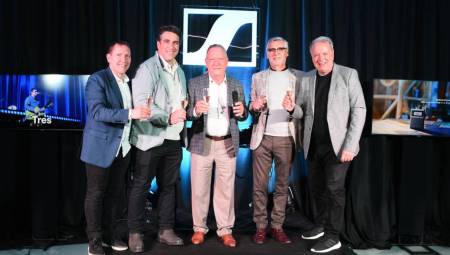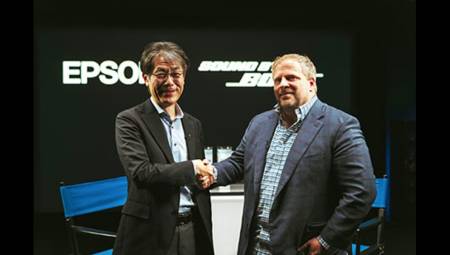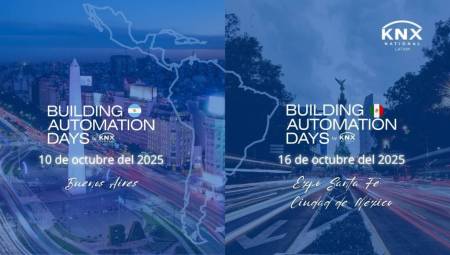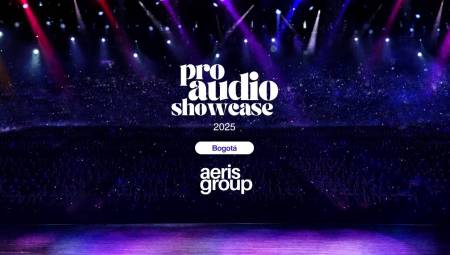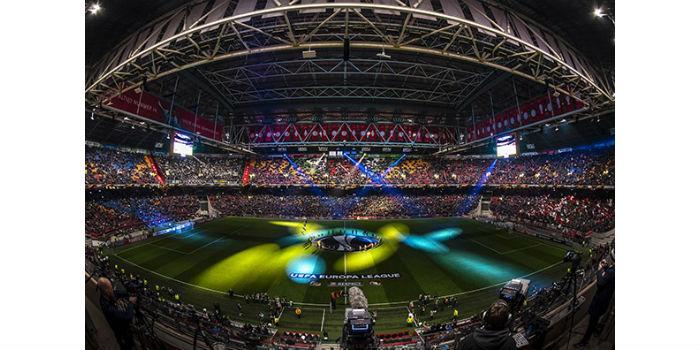 Latin America. The Fan Attendance Report, published by the European Association of Professional Football Leagues (EPFL) in 2018 states that cumulative attendance at league matches remained stable during the period between the 2010-2011 and 2016-2017 seasons. More than 120 million football fans filled the stadiums of the European leagues during the 2016-2017 season.
Latin America. The Fan Attendance Report, published by the European Association of Professional Football Leagues (EPFL) in 2018 states that cumulative attendance at league matches remained stable during the period between the 2010-2011 and 2016-2017 seasons. More than 120 million football fans filled the stadiums of the European leagues during the 2016-2017 season.
The conclusion of the EPFL Fan Attendance Report reaffirms the commitment to the study and analysis of fan behavior and to the development of new practices to achieve interaction with fans as something fundamental to attract more audiences and the millennial generation to the games.
However, stadium attendance in the United States is declining. In 2017, attendance at National Football League (NFL) games decreased by 2% and attendance at Major League Baseball (MLB) games fell by 4% per game. Attendance at Major League Soccer (MLS) decreased by 1% in 2018. The positive part is that, in 2017, the National Basketball Association (NBA) showed an increase in attendance during each of the last four years, and the National Hockey League (NHL) experienced the third highest attendance figure in the last ten years.
Stadium owners around the world are getting down to work increasing fan interaction in stadiums and creating environments that can only be experienced live and in person.
Truly passionate fans
During a 2019 debate on fan engagement at the Integrated Systems Europe (ISE) convention, the panel of experts agreed that European sports fans are not interested in flashy videos or lights that distract them from the match. But that hasn't stopped stadium owners from being proactive and making gestures in front of more tech-savvy fans by integrating technologies that enhance the matchday experience both in the stadium and in the lobbies.
Among sports teams there is a tendency to focus on global brands and James Keen, head of the marketing team of the IP television and digital signage company Tripleplay states that "within the stadium environment you need to be sure that you provide local fans with an experience different from the global vision, a local vision experience." Currently, Tripleplay is involved in about 100 stadiums around the world. "The best example I've seen of a real connected technology solution is Twickenham Stadium," Keen explains. "They bring technology partners together, connect them and ensure that the value of that integration adds value to those who buy a ticket."
"Thanks to the installation of 700 digital screens, IP television and digital signal, we can now reproduce relevant and targeted messages throughout the stadium, from partner campaigns to stadium information," says Mike Morris, RFU's head of technology operations. "This cohesive approach ultimately benefits the fan experience at Twickenham on match days."
A point-of-sale (POS) system communicates with IP television to facilitate real-time queue management. Based on sales volume, the display can direct fans to another food outlet with less queue.
The Stade de France adopts a different strategy regarding the relationship between fans and food. They send the food.
The legendary Stade de France is one of the largest stadiums in Europe with a capacity for 80,000 spectators. The stadium is owned by a consortium that leases it to the French football federation, the French rugby federation and the national football league as well as other events.
A Stade de France mobile app provides a VIP experience by connecting users to each other and offering fans an enhanced experience. Through this app, fans can buy tickets, order food to take to their seats, view public transportation options, and use geolocation to search for parking.
Jonas Djian, in charge of organizing the Stade de France, explains that "fans prefer to use the mobile application to order food and thus not have to move from their seats or miss anything of the game." Djian is working with suppliers to shorten the shipping time which on average is 40 minutes.
For the full AVIXA report, click here.
































